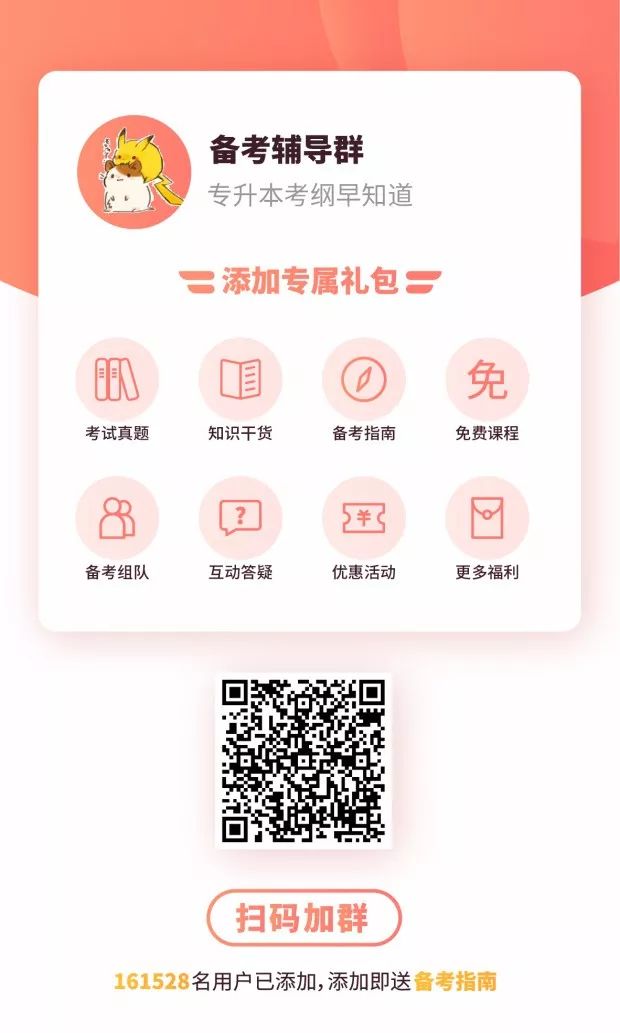1. TCP/IP Protocol Model
TCP/IP Protocol (Transmission Control Protocol/Internet Protocol), includes a series of network protocols that form the foundation of the internet and is the core protocol of the Internet. The reference model based on TCP/IP divides the protocols into four layers: Network Interface Layer, Internet Layer, Transport Layer, and Application Layer.
Exam Tips: TCP/IP protocol is a set of protocols (the current internet protocol suite), the most important of which are TCP (Transmission Control Protocol) and IP (Internet Protocol), hence the name of this group of protocols.
2. Comparison of TCP/IP Model and OSI Model
The following diagram shows the correspondence between the layers of the TCP/IP model and the OSI model.
|
OSI/RM Model |
TCP/IP Model |
|
Application Layer |
Application Layer |
|
Presentation Layer |
|
|
Session Layer |
|
|
Transport Layer |
Transport Layer |
|
Network Layer |
Internet Layer |
|
Data Link Layer |
Network Interface Layer |
|
Physical Layer |
OSI/RM (Open System Interconnection Reference Model) is a reference model for network interconnection established by the International Organization for Standardization (ISO), known as the Open Systems Interconnection Reference Model. The OSI/RM reference model was developed as an international standard, but its complexity arose from the need to consider various factors during its formulation, resulting in a structure that is relatively complex, with the number and complexity of protocols far exceeding those of TCP/IP; thus, OSI/RM is merely a theoretical model. Students should understand the OSI/RM model as a point of knowledge during their review.
As for TCP/IP, it is the earliest interconnection protocol, developed in response to social needs and continually improved and perfected through practice, with mature products and markets. TCP/IP is now the most widely used protocol. Because of this, TCP/IP is often referred to as the de facto international standard.
From an exam perspective, TCP/IP protocol is a key focus. Students need to take it seriously.
Exam Tips: If the terms Internet/互联网/因特网/网络 appear in the questions, the protocol to be used is TCP/IP.
3. Important Protocols in the TCP/IP Model
|
Protocol |
Key Points Analysis (Keywords) |
|
|
Application Layer |
HTTP (Hypertext Transfer Protocol) |
Accessing web pages/website/WEB pages/WWW/browser WWW uses HTTP protocol to transfer various hypertext pages and data |
|
FTP (File Transfer Protocol) |
File transfer, upload, download |
|
|
SMTP (Simple Mail Transfer Protocol) |
Uploading emails by the sender and email transmission between mail servers |
|
|
POP3 (Post Office Protocol version 3) |
Downloading emails by the receiver |
|
|
Telnet (Remote Login Protocol) |
Remote login (connecting) to another computer |
|
|
DNS (Domain Name System) |
Also known as Domain Name Server, used for the mutual resolution (conversion) of domain names and IP addresses |
|
|
DHCP (Dynamic Host Configuration Protocol) |
Assigning an IP address to a computer for internet access |
|
|
Transport Layer |
TCP (Transmission Control Protocol) |
Provides connection-oriented, reliable data transmission |
|
UDP (User Datagram Protocol) |
Provides connectionless, unreliable data transmission |
|
|
Internet Layer |
IP (Internet Protocol) |
Two basic functions: addressing (using IP addresses for path selection, i.e., router function), fragmentation (fragmenting and reassembling data into IP packets for transmission between different networks) |
|
Network Interface Layer |
Common local area network technology standards (understanding) Ethernet IEEE 802.3: Standard Ethernet Ethernet IEEE 802.3u: Fast Ethernet Ethernet IEEE 802.3z: Gigabit Ethernet Token Bus IEEE 802.4: Token Bus Token Ring IEEE 802.5: Token Ring FDDI IEEE 802.7: Fiber Distributed Data Interface PPP/SLIP: Point-to-Point/Serial Line Protocol |
Ethernet is a local area network technology that includes two categories: the first is classic Ethernet, and the second is switched Ethernet, which connects different computers using switches. Classic Ethernet has running speeds ranging from 3 to 10 Mbps, while switched Ethernet is the widely used Ethernet, primarily including Fast Ethernet (100 Mbps), Gigabit Ethernet (1000 Mbps), and 10 Gigabit Ethernet (10000 Mbps). Ethernet is currently the most commonly used local area network technology, replacing other technologies such as Token Ring, FDDI, and ARCNET. The standard topology structure of Ethernet is bus topology, using CSMA/CD (Carrier Sense Multiple Access/Collision Detection) bus technology. |
4. Differences Between HTTP and HTML
1. HTML stands for Hypertext Markup Language, which is the language used to write web pages. Using HTML, one can create text documents (thus web pages can be created with Notepad). HTML files are used to format objects on web pages and create hypertext links. The content of HTML files is displayed through a WEB page, with different pages linked together through hyperlinks.
2. HTTP stands for Hypertext Transfer Protocol, which is the protocol used to transfer hypertext from WWW servers to local browsers. It enables browsers to be more efficient and reduces the amount of data transmitted over the network.

[Curriculum Interpretation]: Understand the Specialized Examination for Promotion — Registration, Admission, Competition, Difficulty
[Curriculum Interpretation]: Remember! Six Major Changes in the 2020 Shandong Specialized Promotion Policy
[Exam Outline]: 2019 Shandong Specialized Promotion Examination Computer Exam Outline
[Exam Outline]: 2019 Shandong Specialized Promotion Examination Mathematics Exam Outline
[Exam Outline]: 2019 Shandong Specialized Promotion Examination Language Exam Outline
[Exam Outline]: 2019 Shandong Specialized Promotion Examination English Exam Outline
The 2020 Specialized Promotion Exam Outline will be announced soon. If you want to know the policy changes, curriculum interpretations, and school comparisons as soon as possible,reply with [Specialized Promotion] to get more information.
